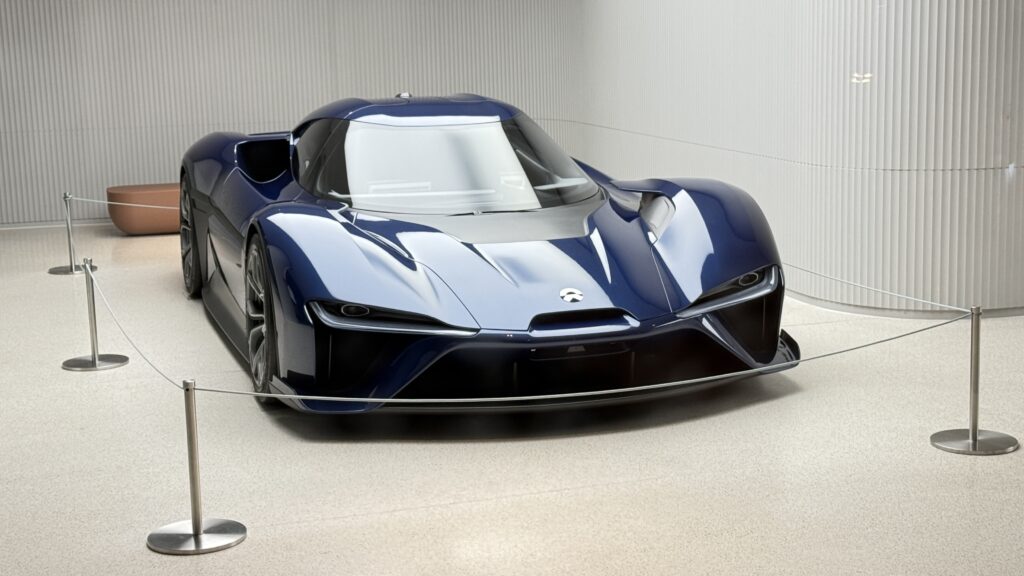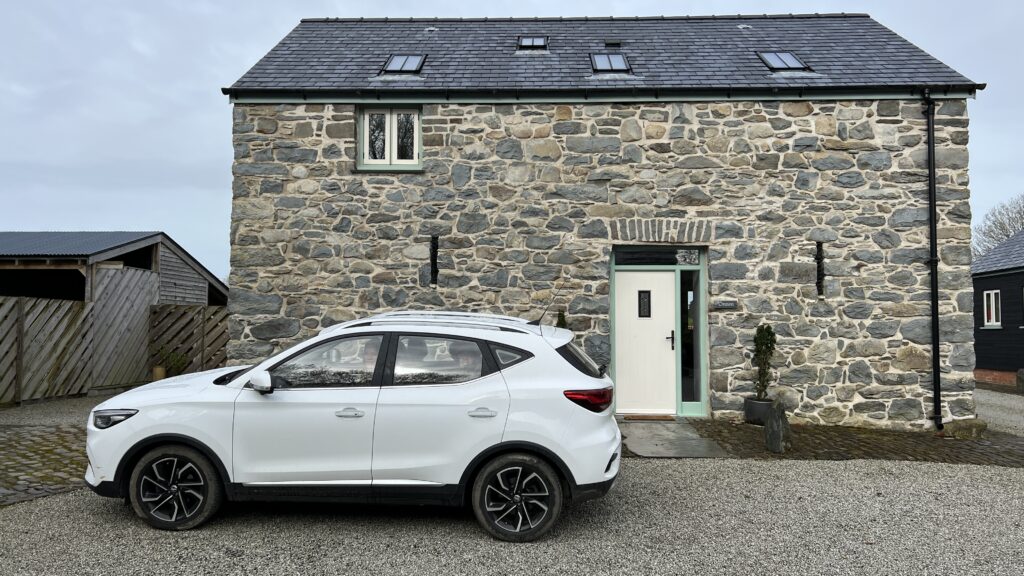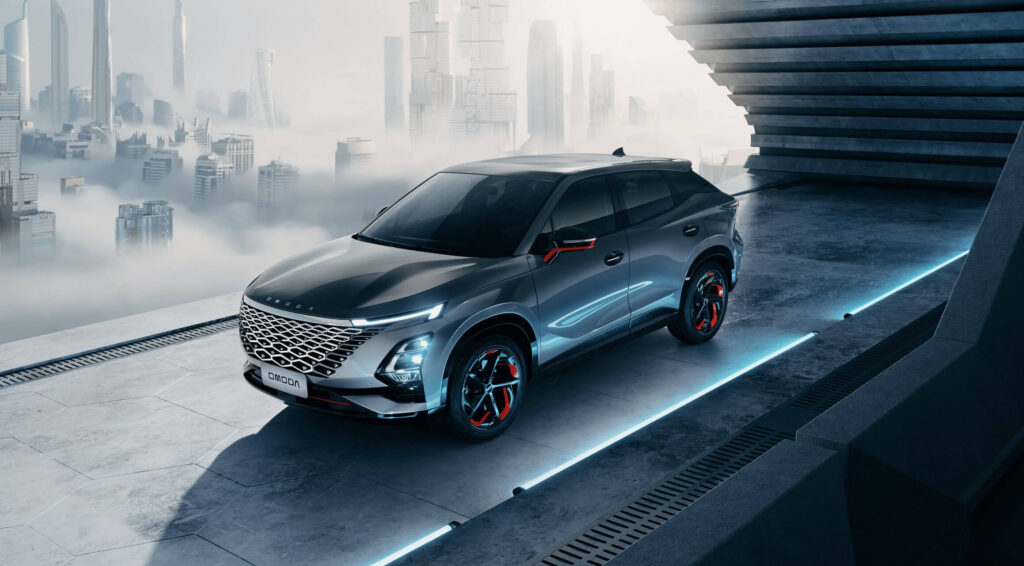
On the last day of 2024. I received a very interesting letter from my car dealer representing a very mainstream and worldwide “Big OEM”. In the UK, Big OEM is restructuring and gave my dealer a 2-year shut down notice. Because it does not like to share its showrooms, my dealer instead chose to terminate its franchise early and dropped the big news:
“Starting from the 1st of January, we shall be representing the new, progressive, quality and price competitive franchises of Omoda and Jaecoo.”
In 1994 I visited Beijing. The only sound you heard on the street was the endless stream of bicycle noises. A generation later, the Chinese are the biggest car producers in the world. In 2023, China produced more vehicles that Japan, the USA and Germany combined. It is a history worth re-visiting in a few chapters.
Chapter 1 – The First Wave
In July 2005, the last British car manufacturer MG Rover went into administration. Its assets were sold to Nanjing Automobile Corporation (NAC). Shanghai Automotive Industry Corporation (SAIC) later merged with NAC in 2007. Because Ford kept the Rover naming rights, SAIC created the Roewe sub-brand. By 2011, the MG6 was born, the first new MG in 16 years. Top Gear paid Beijing a visit and drove a Roewe 350. The verdict was that you would not buy that car if it was sold in the UK but was perfectly fine by Chinese standards. Two years ago, I drove an MG for the first time as a rental car. For a family of four like ours, it was a perfectly adequate vehicle. There was no doubt many other families would feel the same way if they were looking for a medium SUV to purchase.

Chapter 2 – The Tidal Wave
Around Detroit years ago, I felt very posh driving around my used 1992 Ford Taurus SHO. It had the high revving Yamaha engine of course but also the same steering wheel as a 1999 Aston Martin V8 Coupe. At the time Ford owned Lincoln, Mercury, Aston Martin, Jaguar, Land Rover and Volvo under the Premier Automotive Group. Then times got tough and the fire sale began. Ford only kept Lincoln and Mercury. Notably, the Chinese conglomerate Geely bought Volvo in 2010, the biggest overseas automotive acquisition at the time by a Chinese company. The Volvo purchase was the first wave of many coming from Geely, an unstoppable juggernaut in that decade. It missed on Aston Martin but it bought London Taxi (LEVC) in 2013 and Lotus in 2017. It created Lynk&Co (2016) and Zeekr (2021). It also spun off Polestar in 2017. From taxis to subscriptions to supercars, Geely covered the entire spectrum.
Chapter 3 – Blitzscaling
According to LinkedIn founder Reid Hoffman:
Blitzscaling is the science and art of rapidly building out a company to serve a large and usually global market, with the goal of becoming the first mover at scale.
Think LinkedIn, Uber and Airbnb. They were small start-ups but with round after round of venture capitalist funding, they became ubiquitous and their names became synonymous with the services they provided. For cars, think Nio. Since its creation in 2014, Nio has created 8 production models, with the latest ET9 launching this year. Your math is correct, and it has shaken the industry: a new model every 1.25 years on average when traditional OEMs struggle to do it under 3. If you think the quality would suffer, think again: Nio won best digital modelling team at the 2024 Car Design News People Awards. First mover advantages are harder to get for cars than software but it is all about getting your customers hooked on your products. Nio has its posh “Nio houses” and its VIP customer service has taken range anxiety completely out of the equation. Tesla once showed a battery swap as a concept, Nio just completed its 60 millionth. And it is not resting on its laurels either with the launch of its Firefly sub-brand

Chapter 4 – Made in China
According to the Daily Mail, China’s share of the UK market soared ten fold in the last two years. Over 10% of UK imports are manufactured in China. Besides Jaecoo and Omoda from Chery, more Chinese brands are coming to the UK. GWM (Great Wall) already sells the Ora 03 and the 07 is on the way. Who else? Leapmotor, Xpeng, Nio and Zeekr. Last year, around 3% of new cars sold in the UK were Volvos. The 7th most popular new car sold was the MG HS. BYD (Build Your Dreams) topped Tesla’s sales for the first time. If you include PHEVs, total deliveries more than doubled its American rival. If you think you will never buy a Chinese made car, you might already be too late. If you drive a BMW iX, Citroen C5X, Mini Cooper, Mini Aceman or Tesla Model 3, you car was already made in China.
In the end, it is fait accompli. In some form or another, Chinese cars (and Chinese made cars) have been here for a while and you will see more of them. In a 20 mile radius around me, there are now two dealers for Jaecoo and Omoda. There were none in 2023 and only one in 2024. As my former dealer said, the cars are “new, progressive, of good quality and priced competitively”. That is what most people look for in a new car regardless of origin. It was true for Korean cars years ago. It is true for Chinese cars today. It just took a little longer than anticipated but prophetically in 2012, James May and Jeremy Clarkson declared that “in 5 years we’ll all be driving Chinese cars”.

